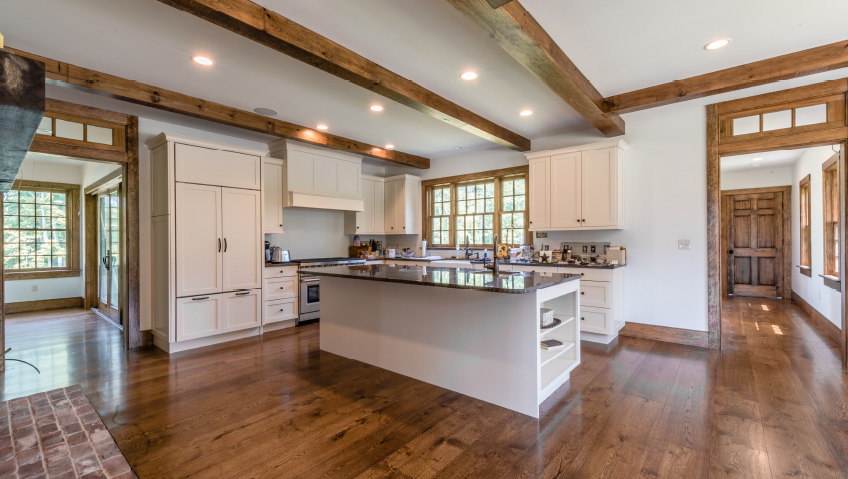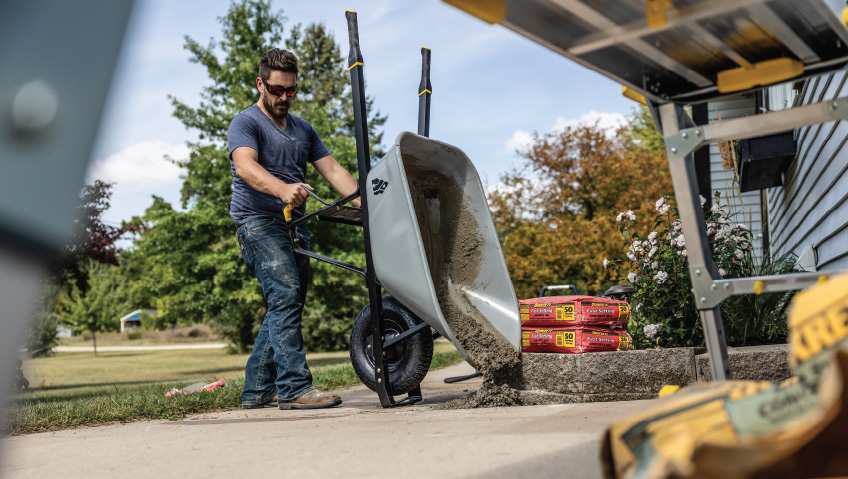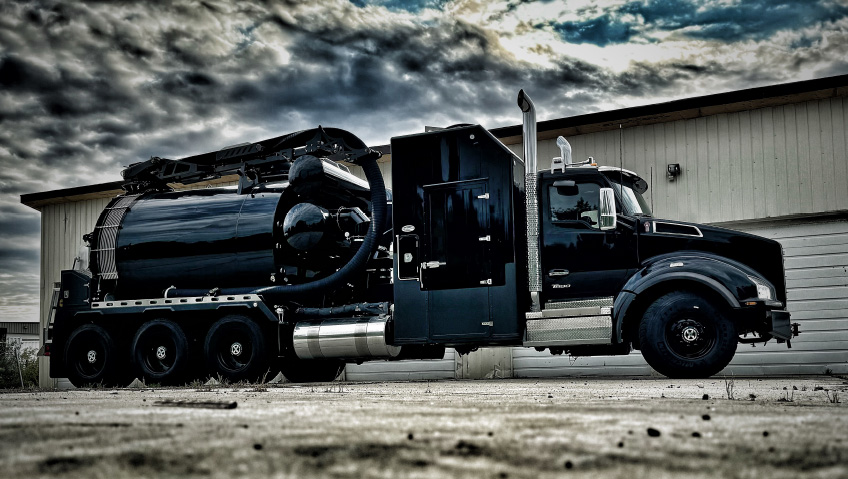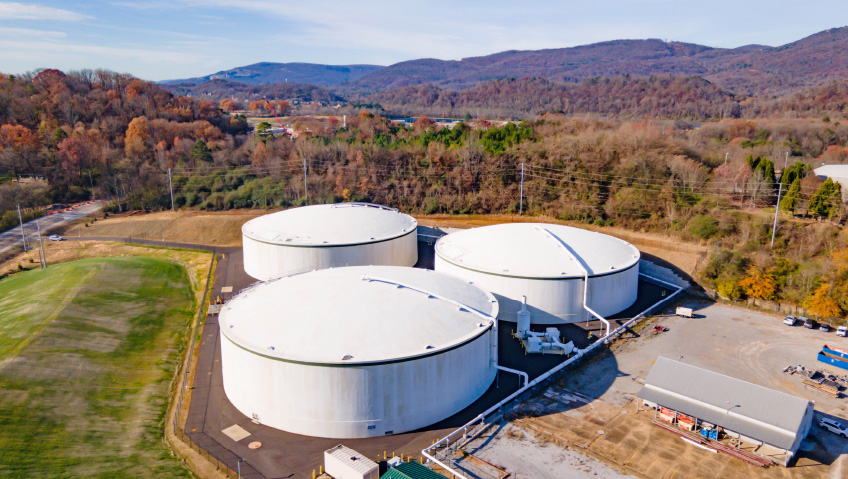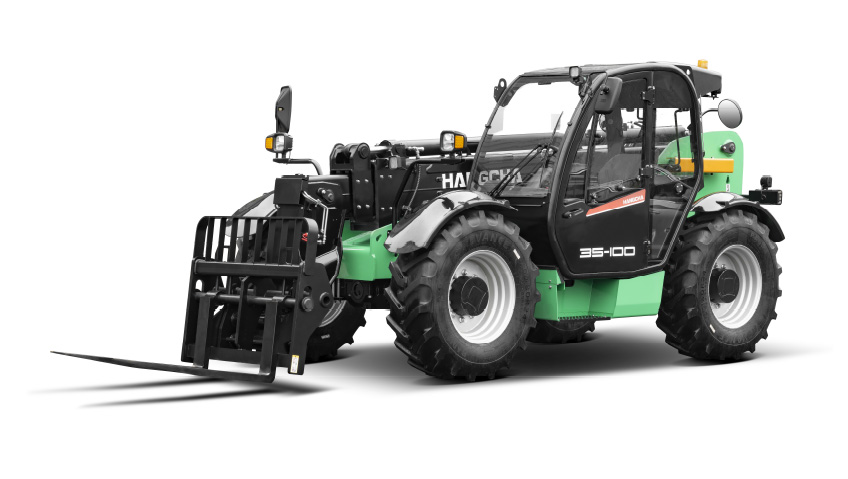Quality, trust, service, and sustainability are just a few reasons customers return to Hull Forest Products for outstanding hardwood lumber, floors, post and beam timbers, sawmill by-products, and much more. Over the past 60 years, this family-owned enterprise has remained a leader not only in the state of Connecticut but across the United States.
A proudly American-owned family business, Hull Forest Products’ six decades of service are reflected in its long-term, trusted relationships. Working with multi-generational family forest owners, Hull remains as dedicated as ever to its many buyers and to the future of the forest industry.
No forestry except sustainable forestry
At this family-owned company, team members wear many hats. Co-owner Mary Hull is Marketing Communications Manager and head of flooring sales. She says the company’s dedication to the environment—and a sustainable future for the industry—is paramount.
“Our business model is based on sustainable forestry. We only have the resource we have today because of those who came before us, and we want there to be woods for generations to come,” says Hull. “Many people do not understand how cutting trees can be a good thing—but it absolutely can, when done in a sustainable manner.”
Timber harvests, she explains, are essentially a way to manipulate the amount of solar energy reaching the forest floor. Certain species, like oak, need lots of sunlight and large, open areas so they can regenerate. If an opening isn’t created, there won’t be enough light—or oak trees in the future.
“Timber harvests create more valuable timber, which means the forest is more likely to remain as a forest,” says Hull. Woodland management is akin to tending a vegetable garden; failing to weed or thin occasionally won’t result in good quality yields. “By pulling out the weeds of the forest, you allow sunlight to reach the forest floor, where the remaining, better quality trees can use that sunlight to grow. Cutting a tree creates an opportunity for another tree to grow.”
Sustainably managed forests provide many benefits compared to unmanaged forests, including greater greenhouse gas mitigation. This is tied to improved forest regrowth after harvest, reduced wildfire risks, production of energy-efficient material and biomass energy, and carbon sequestration in forests and wood products.
According to the Intergovernmental Panel on Climate Change (IPCC), there are many benefits to managing our forests. “In the long term, a sustainable forest management strategy aimed at maintaining or increasing forest carbon stocks, while producing an annual sustained yield of timber, fiber, or energy from the forest, will generate the largest sustained mitigation benefit,” the organization explains.
Recent disasters, such as the massive wildfires destroying thousands of acres of California, have underscored the importance of forests and forest management to the public. “I think people understand why managed woodlands are less likely to erupt in wildfire, how they store more carbon than unmanaged forests, and how they can also be a source of renewable building materials the world needs,” explains Hull.
“In contrast, unmanaged forests are more prone to wildfire, which emits massive amounts of carbon (some at the time of the fire and much more in the decades that follow as fire-killed trees decompose in the forest). The opportunity to store carbon in those trees is lost, as is the opportunity for social and environmental benefits.”
Why wood?
From lumber to custom wide plank flooring, there are countless advantages to using wood—especially local wood—over other materials. Versatile, durable, sustainable, and cost-effective, wood products are excellent for the environment and the economy, supporting thousands of jobs across America.
One of the unique aspects of wood is its role in carbon storage and renewability—it is the only material with the ability to sequester half its weight in carbon. When wood is used as a building material, it secures that carbon for its entire lifecycle. The same cannot be said for mature, unharvested trees left to topple over and decay in the forest. Sequestered carbon is instead released back into the atmosphere, which eliminates the environmental benefits that would have been preserved by building with wood. “This means that wood, across its full lifecycle, can play a significant role in enabling architects and others to reduce the environmental impact of modern buildings,” says Hull.
As if strength and sustainability weren’t enough reasons to use wood, studies show it is also good for our health. From our homes to schools and offices, wood has been linked to positive effects on the body and mind, even lowering blood pressure and reducing stress.
Wood is one of nature’s wonders, and few companies know how to showcase its timeless beauty better than Hull Forest Products. Hull’s premium, wide-plank flooring—made from White Oak, Ash, Birch, Red Oak, Cherry, Hickory, Maple, Walnut, and other species—is crafted from locally grown woods and shipped directly across America, with no middleman.
“The way we manufacture our floors is special, because we have the luxury to pick and choose every board that is selected for our product,” says Ernest Wetzel, Hull’s head of flooring production. “The typical Hull floor comes directly from our forests and our sawmill to your home. We source locally, supporting our region’s working forests.”
Selecting the most stable, wide, and attractive boards for its plank floors, the company handles lumber from the sawing process at its own mill to final grading of the floor. “We mill flooring planks from the best portions of the right trees, trees that we have chosen for appearance and special features rather than utilization,” says Wetzel. “This allows us the chance to offer higher grade boards, wider widths, and longer plank lengths. Our unique process gives us the confidence to offer a lifetime quality guarantee.”
Natural and timeless
Wood products can be purchased from suppliers worldwide, yet there are many benefits to buying Made-in-America flooring, hardwood, and other products. “For starters, we grow some of the most beautiful hardwood lumber in the world right here in the United States,” comments Hull, “and the U.S. has a regulatory framework in place to deliver sustainable forest products.”
In America, all forest landowners are subject to Federal legislation to protect habitats for threatened species; the same cannot always be said for imported wood. “Compared to other countries, there is little threat—less than a one percent chance—of illegal or environmentally irresponsible wood in the U.S. supply chain,” says Hull. “This is due to the combined effects of clear and fully enforced property rights, multi-generational family forest ownership in the U.S., respect for the rule of law, and a strong civil society.”
When harvested sustainably, wood is a renewable, environmentally friendly material, and many of the same arguments for buying food from local growers also apply to wood. Purchasing from area companies benefits the local economy and environment alike, notes Hull.
“When you buy locally grown wood, you are essentially paying your neighbor for keeping their land in forest. Whether it is firewood, flooring, or furniture, your purchase keeps dollars in the local economy and promotes a healthy market for local wood. We have an abundant sustainable wood resource right here in our region, and we have the potential to produce more wood products locally, creating jobs and healthier, more resilient forests.”
Without local wood markets, acres of forest are at risk of being developed into subdivisions. Once lost, that land will never be recovered. Conversion to development is the biggest threat to forestland in southern New England today, says Hull.
Waste not
As one of America’s most respected wood providers, Hull Forest Products practices what it preaches. The milling of over 10 million board feet of forest products each year results in useful wood by-products, none of it wasted. Wood chips, as a by-product of the company’s manufacturing process, are used locally as biofuel feedstocks, playground surfacing, and in paper production. And sawdust, another manufacturing by-product, is recycled to heat Hull’s dry kilns and its physical plant.
Some product is sold to wood pellet producers and farmers, who use it for animal bedding.
Firewood, also a by-product of Hull’s forest management, is 100 percent consumed locally, and creates secondary jobs for firewood processors.
The awards and rewards of forest stewardship
A leader in the industry for its products and environmental initiatives, Hull Forest Products has received numerous awards over the years. These include the Aldo Leopold Award for its role in conserving working forests in New England and the Environmental Merit Award from the Environmental Protection Agency (EPA).
Many of Hull’s woodlands are Tree Farm certified by the American Tree Farm System, a certification endorsed by the Programme for the Endorsement of Forest Certification (PEFC). A number of its properties are permanently protected from development through easements with various conservation organizations.
“We have sustainability verification from the National Hardwood Lumber Association,” says Hull. “We used to have FSC certification, but we haven’t found enough buyers willing to pay the premium price for certified wood products necessary for us to afford the cost of the third-party FSC certification and annual audit.”
Future of the industry
With Hull Forest Products turning 60, the company will celebrate the milestone on October 18, rain or shine. That day will see a free sawmill tour open to all and a quick education for the public in sustainable forestry practices, forest products manufacturing, and the benefits of using wood.
In the coming years, the company will remain focused on providing the finest available wood products while respecting the environment.
“We want to keep forests as forests in New England, increase regional production of wood products to give local forests more economic viability, develop markets and policies to support local sustainable wood economies, and increase connections between people and their regional forest products and forest products producers,” says Hull. “And hopefully, we can still be here to help do all that.”

